Here are 5 major takeaways from recent 2020 fundraising figures
The numbers offer a glimpse at the shifting fates for the campaigns.
Between President Donald Trump posting record-shattering fundraising numbers, a formerly little-known mayor setting a high bar for the Democratic field and a swath of campaigns making significant investments in digital operations in the early stages, the Federal Election Commission reports filed on Monday offered a glimpse at the shifting fates for the campaigns as they prepare for the long race ahead.
This early, a strong showing in a single quarter does not always translate to early-state votes or even define viability -- and the uncertainty of it all will continue to loom over the competition as they presidential hopefuls seek to go the distance.
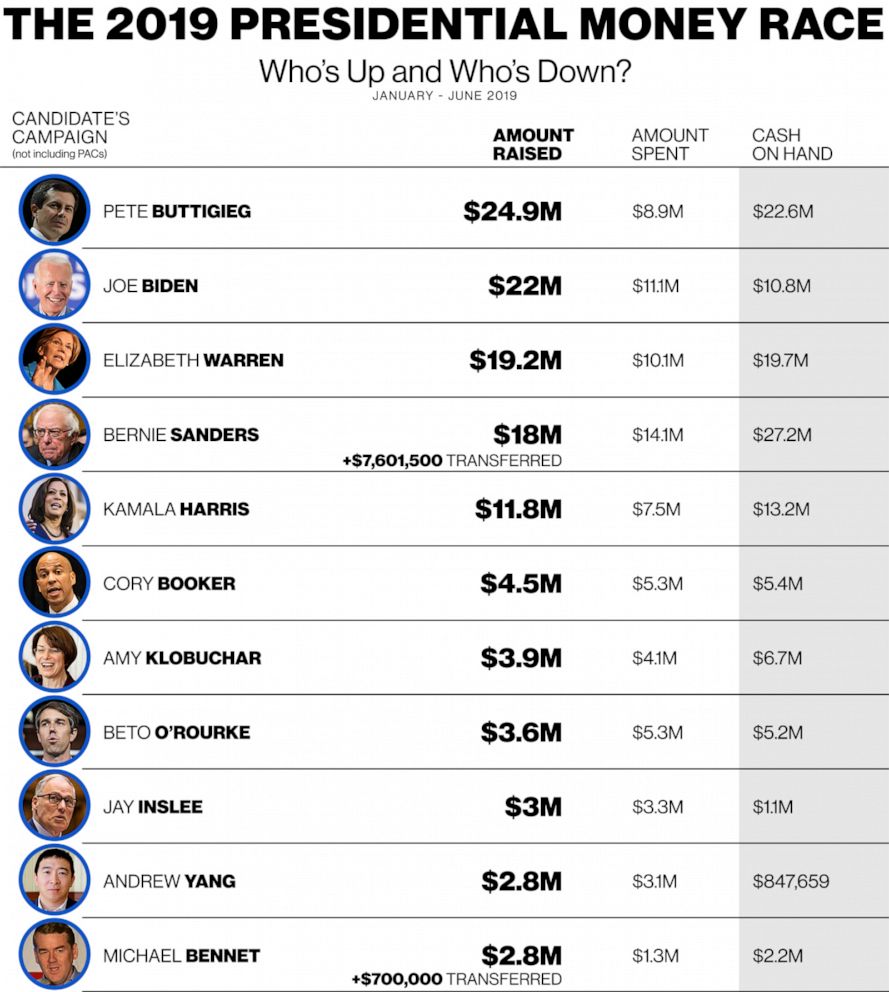
Here are five major takeaways from the most recent FEC reports:
The top earners secure front-runner status in race
South Bend, Indiana, Mayor Pete Buttigieg kicked off the second-quarter fundraising race amid fanfare earlier this month. No other 2020 Democrats were able to top the $25 million he raised between April and June.
Former Vice President Joe Biden, who launched his campaign a little later than other candidates, came in second, raising a total of $22 million in the first 66 days of his bid. Biden's campaign has emphasized that he's not accepting any donations that would be transferred to the general election fund, unlike other candidates, including Buttigieg. But only a small portion of the general election fund made up Buttigieg's total this quarter.
Sen. Elizabeth Warren, D-Mass., pulled herself into the top tier by bringing in $19 million from grassroots donations, more than three times the amount she raised in the first quarter. Sens. Bernie Sanders, I-Vt., and Kamala Harris, D-Calif., the two biggest fundraisers last quarter, finished behind their rivals, as they raised about the same amount as the previous quarter, $18 million and $12 million, respectively.
But Sanders is stocked up against the crowded Democratic presidential field, with more than $27 million cash on hand, with help from a $7.6 million transfer from his prior campaign. Buttigieg, Warren and Harris are also gearing up for a competitive second half of 2019, with $22.6 million, $19.8 million and $13.3 million cash on hand. Biden, despite his big fundraising sum this quarter, will have some catching up to do as he enters the third quarter with $10.9 million in his bank.
These early fundraising numbers come before another batch of 20 candidates take the stage at the second Democratic debates in Detroit next week, but the hauls are setting up a splintered field between these five well-funded candidates and the rest of the field. The top candidates all earned over $10 million in the second quarter, but then there is a steep gap, with the next top raiser being Sen. Cory Booker, D-N.J., who brought in only $4.5 million.
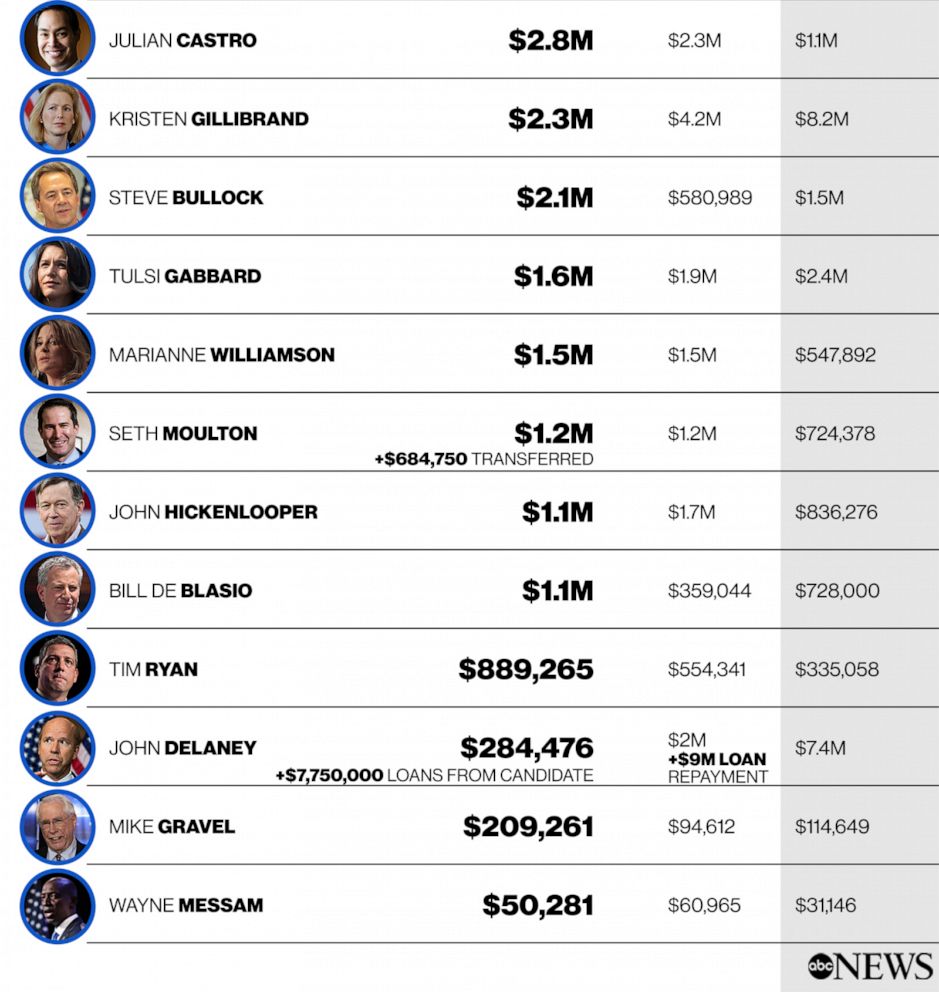
Lower tier candidates are outspending their wallets
In a steep fall from his last quarter haul, former Texas congressman Beto O'Rourke raised only $3.7 million in three months -- less than the nearly $6 million he raked in during the first 24 hours of his presidential bid.
O'Rourke first entered the Democratic primary in March, with lofty expectations following his unsuccessful Senate run against Sen. Ted Cruz despite his fundraising prowess -- he raised $80 million during that race. But his campaign has struggled in recent months to pick up much-needed traction amid the crowded field.
O'Rourke is finding himself among a tier of candidates whose second-quarter fundraising sums are far less than the top five contenders who set a high bar on fundraising. With six months until the Iowa caucuses, when the first voters will head to the polls in the nominating contest, O'Rourke, along with nearly half of the Democratic field, burned through their cash -- spending more than they raised throughout the second quarter.
Sen. Cory Booker, D-N.J., Sen. Amy Klobuchar, D-Minn., Gov. Jay Inslee, D-Wash., entrepreneur Andrew Yang, Sen. Kirsten Gillibrand, D-N.Y., Congresswoman Tulsi Gabbard, D-Hawaii, author Marianne Williamson, former Gov. John Hickenlooper, D-Colo., former congressman John Delaney, D-Md., and Florida Mayor Wayne Messam all blazed through their war chests -- at a time when they should be stocking up.
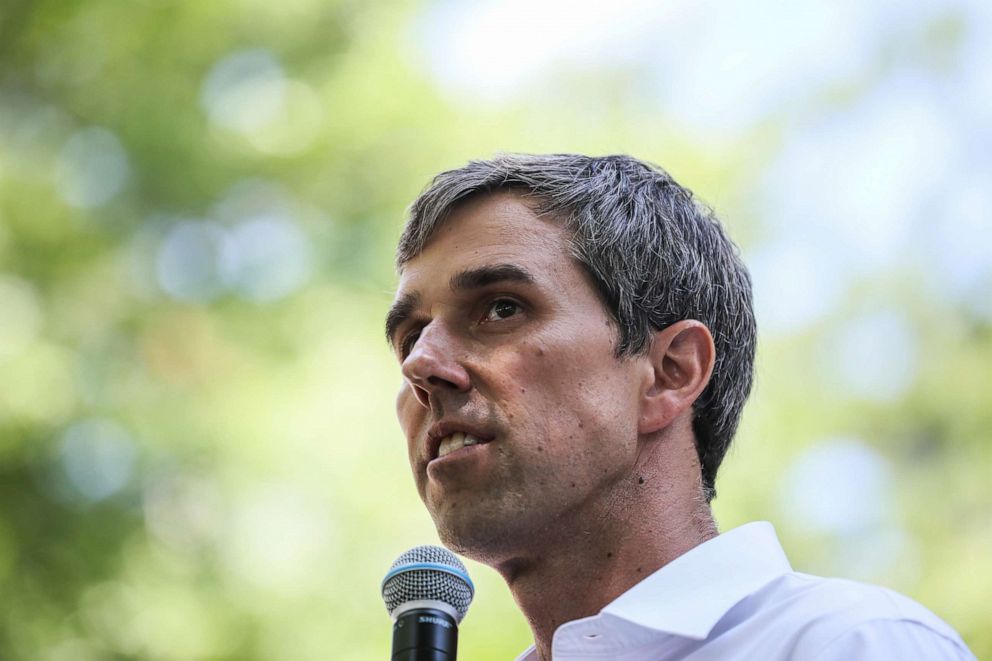
As concerns rise over how much longer their long-shot campaigns can last, the tiers appear even more hierarchical when it comes to cash in the bank.
While the top tier of fundraisers reports double-digit numbers for cash on hand, which allows candidates to build up their campaign apparatus with more staff and resources in the early-voting states, others are resorting to prior campaign committees and their own dollars to navigate rough waters.
After spending nearly double the $2.3 million she raised this quarter, Gillibrand still has more than $8 million in her pocket after she transferred money from her Senate campaign fund last quarter. Delaney, who had the worst burn rate this cycle after spending more than $2 million despite raising just over $284,000, secured more than $7.4 million in his fund by the end of this quarter thanks to a $7 million loan from himself dropped just two days before the close of books.
Small-dollar donations dominate second-quarter finances
In the sprawling Democratic primary, a central theme this cycle continues to be the candidates' emphasis on small-dollar donors financing their campaigns -- as both a signal of their grassroots strength and engagement with regular people across the country and a key benchmark to land on a debate stage.
The grassroots push in the 2020 contest is also echoed in the rules for the Democratic debates -- which includes a new grassroots qualifying rule implemented by the Democratic National Committee after the 2016 presidential primary in an effort to prioritize inclusion.
Among the front-runners in fundraising, both progressive stalwarts, Sanders and Warren, who broadly share a vision for economic equality, are shunning high-dollar fundraisers and relying on a powerful base of small donors.
Not all campaigns released the number of individual donors, but in the second quarter, Sanders is once again the leader of the pack, garnering the most grassroots support with his $14 million coming from 1 million unique donations. Small dollar donors composed 84% of his contributions, according to ProPublica.
Warren falls behind him and Yang, with her $19.8 million coming from 384,000 donors and 70% of small-dollar donors making up her fundraising total. About 81% of Yang's second-quarter total came from donations of $200 or less. Buttigieg's campaign claimed more than 294,000 donors who contributed to his staggering $24.9 million haul, and Harris received her $11.8 million from 279,000 donors, according to her campaign.
According to FEC filings, only eight of the 25 campaigns raised a majority of their money from donors who gave $200 or less.
The bottom five contenders who reported less than 25% of their donations coming from people who gave $200 or less are Montana Gov. Steve Bullock (22%), Delaney (20%, Booker (16%), Hickenlooper (15%) and New York Mayor Bill de Blasio (9%), according to ProPublica.
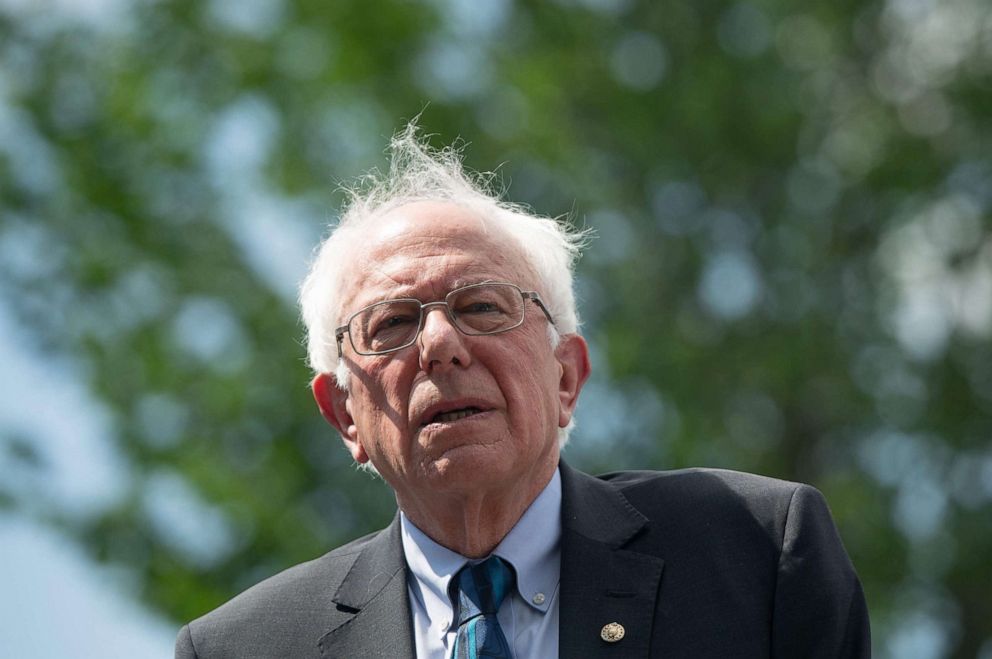
Democrats are dishing out digital ad dollars
The 2020 Democrats are making it loud and clear, the battle is no longer on-air -- it's online.
Many of the candidates have been aggressively targeting voters with digital advertising campaigns, so much so that some of them are burning through much of their campaign funds on digital operations.
Sen. Michael Bennet, D-Colo., for instance, spent more than $737,000 on digital ads out of the total of $1.3 million he spent throughout the whole quarter, while former Housing and Urban Development Secretary Julián Castro spent more than $1 million on digital advertising out of the total $2.3 million he spent. Gillibrand, too, spent nearly $1 million out of her total of $4 million on digital ads.
In the month leading up to the first Democratic debates, which took place on June 26-27, Castro spent roughly $373,000 on debate-related digital advertising from May 25 to June 29, according to data from Facebook and Google's political ad transparency reports, aggregated by Bully Pulpit Interactive, a Democratic digital communications firm.
Both Bennet and Gillibrand spent most of their digital dollars on debate-related advertising throughout the second quarter, with over $409,000 and nearly $228,000 respectively.
Inslee spent nearly $1 million of the $3 million he raised this quarter on online advertising.
Of that $1 million, he has spent a little under half a million dollars since March 30, almost a month after Inslee announced his presidential bid, through June 30 on digital advertising related to climate change, an issue around which he's centered his campaign.
Inslee's spending dwarfed the rest of the field and was 12 times more than Klobuchar, the next closest candidate, whose ad totals are around $38,000, according to the data.
Meanwhile, among candidates who've filed in the second quarter, those sticking to the traditional means of television ads include Delaney and Rep. Tulsi Gabbard, D-Hawaii. Delaney reported spending at least $713,000 on television ad buys, while Gabbard reported spending nearly $550,000 on on-air ads. She has also been double dipping with digital ads, spending at least $457,000.
Shortly after the second-quarter ended, Gillibrand launched a television ad and billionaire activist Tom Steyer launched his presidential campaign, and has been spending millions on ad buys since.
Trump looms in the distance with massive war chest
Trump, unlike his Democratic rivals, has been aggressively campaigning for reelection with the backing of the Republican National Committee since immediately after his inauguration in 2017. And in the second quarter of 2019, the Trump campaign and its two joint fundraising committees with the RNC spent more than $25 million in support of the president.
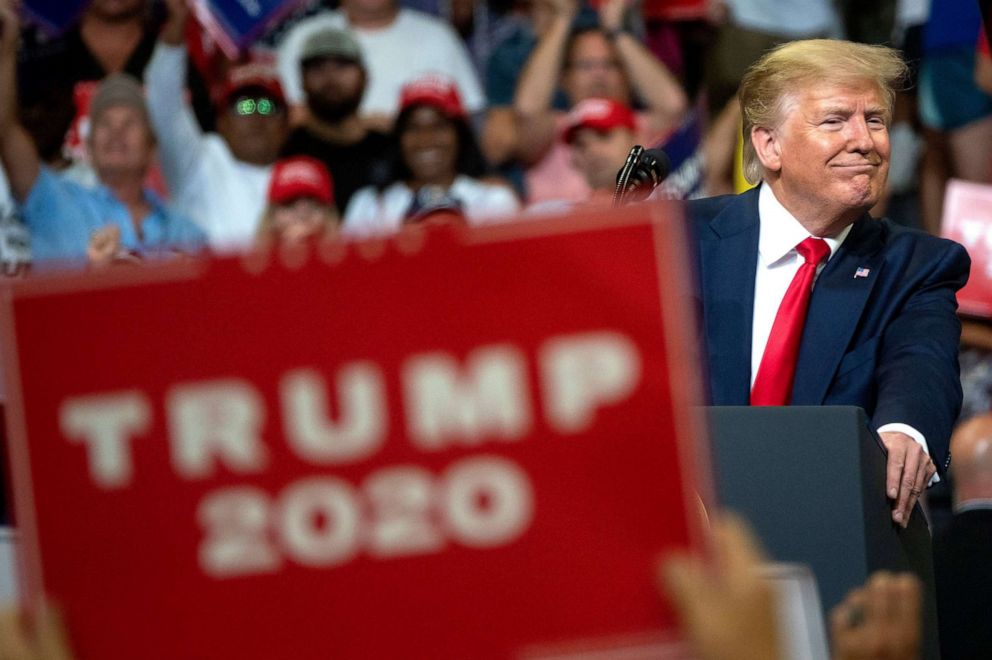
At least $2.8 million of that went to the campaign's online and digital operation, including more than $1 million to campaign manager Brad Parscale's digital firm Parscale Strategy. It is unclear how much of this money goes to buying ad placement. The Trump campaign didn't spend any money on on-air campaigns in the second quarter, and only a small amount overall so far this year.
The Trump campaign and his committees also spent more than $1.5 million in legal fees this quarter, with almost $993,000 of that still going to former White House Counsel Don McGahn's firm, Jones Day, after reports that the campaign was looking for a new in-house legal team.
The Trump campaign and its affiliated committees spent nearly $323,000 at various Trump properties between April and June, including more than $131,000 at the Mar-a-Lago club, $105,000 at the Trump hotel in Washington, and $75,083 rent for the Trump campaign office at the New York Trump Tower.
According to the campaign, the Trump campaign and its joint fundraising committees raised a total of $56.7 million this quarter, and the RNC raised an additional $51 million in support of Trump, bringing the total amount raised for Trump's reelection efforts to $108 million. The Trump campaign and the joint fundraising committees have $80 million cash on hand and the RNC have $43 million cash on hand, according to the campaign.
ABC News' Quinn Scanlan and John Verhovek contributed to this report.




